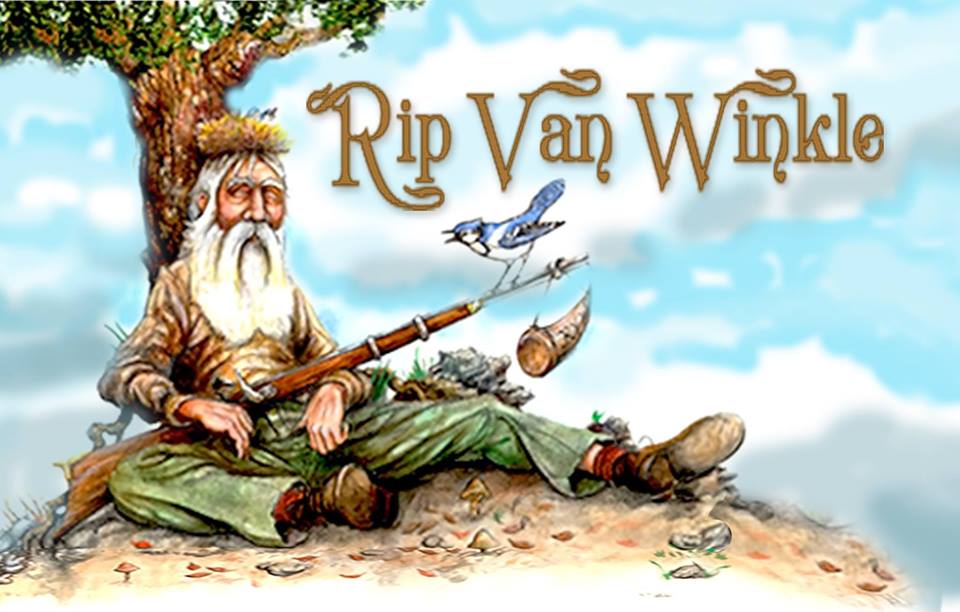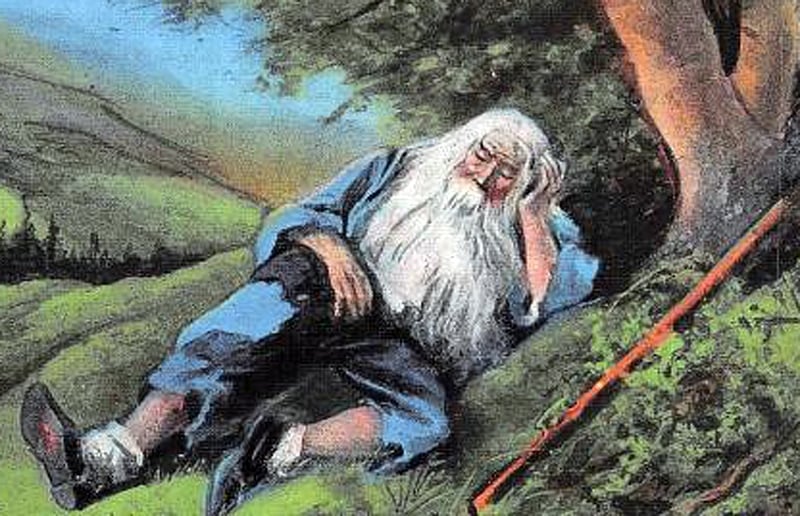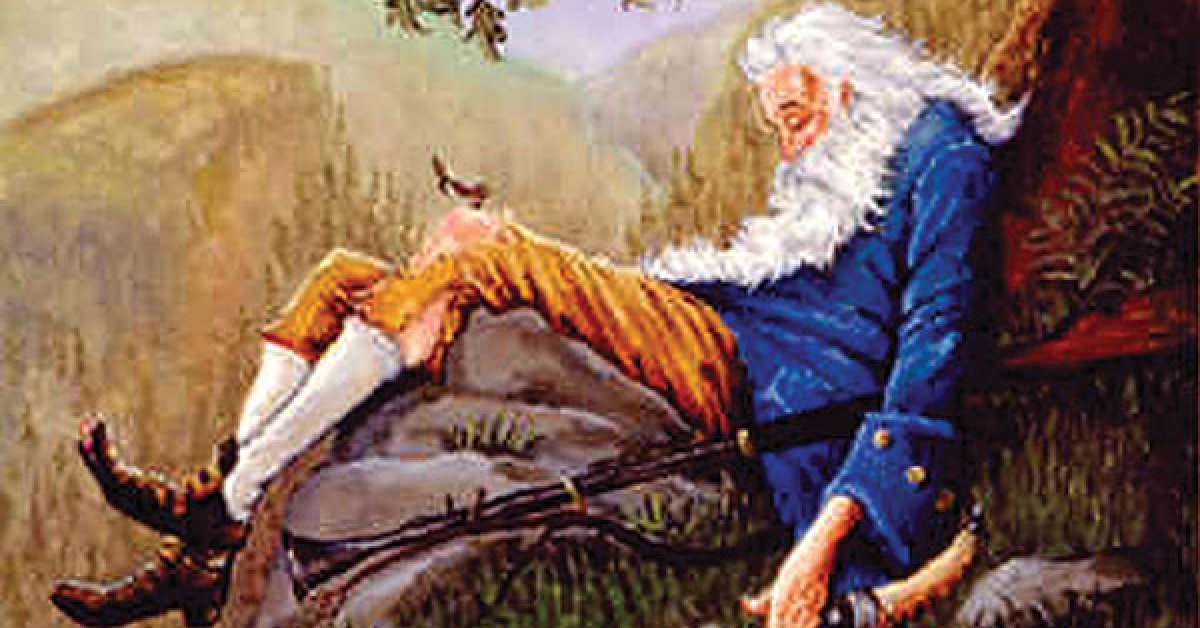The enchanting tale of "Rip Van Winkle," penned by Washington Irving, serves as a captivating exploration of character development through the lens of indirect characterization. This narrative not only captures the imagination with its whimsical elements but also delves deep into the essence of its protagonist, Rip Van Winkle. By observing the world around him and the reactions of other characters, readers gain insight into Rip’s personality without explicit descriptions, creating a rich tapestry of understanding that resonates on multiple levels.
Set against the backdrop of the American Revolutionary War, "Rip Van Winkle" showcases the transformation of its titular character over a period of twenty years. The indirect characterization employed by Irving allows readers to piece together Rip's character traits through his actions, dialogue, and the perceptions of other characters. This technique not only enhances the storytelling but also encourages deeper engagement with the narrative as readers become active participants in deciphering who Rip truly is.
As we unravel the layers of "Rip Van Winkle," it becomes evident that indirect characterization is not merely a stylistic choice but a fundamental aspect that shapes the reader's experience. The interactions between Rip and other characters, alongside the societal changes he witnesses upon his return, paint a vivid picture of his character. Through this lens, we explore how Irving's masterful storytelling technique exemplifies the nuanced art of indirect characterization.
What is Indirect Characterization?
Indirect characterization is a literary technique used by authors to reveal a character's personality through their actions, speech, thoughts, and interactions with others rather than through direct statements. This method allows readers to infer traits and motivations, leading to a more immersive reading experience. In "Rip Van Winkle," Irving masterfully employs this technique, allowing readers to form their own interpretations of Rip's character based on how he is perceived by those around him.
How Does "Rip Van Winkle" Exemplify Indirect Characterization?
In "Rip Van Winkle," Rip's character is revealed through various interactions and observations made by other characters. For instance, he is often described as a lazy, easygoing man who prefers to avoid responsibilities. This portrayal is captured through the dialogue of his wife, Dame Van Winkle, who frequently chastises him for his lack of ambition. Such insights into Rip's personality allow readers to grasp his character without the need for overt exposition.
What Are the Key Traits of Rip Van Winkle?
The character of Rip Van Winkle is defined by several key traits that emerge through indirect characterization:
- Laid-back Nature: Rip's tendency to avoid work and seek leisure is evident in his interactions with the townspeople.
- Passivity: His reluctance to confront challenges is showcased in his interactions with Dame Van Winkle.
- Curiosity: Rip's desire to escape into the woods reflects his yearning for freedom and adventure.
- Transformation: Rip's character evolves significantly after his long slumber, revealing deeper layers of his personality.
How Do Other Characters Influence Rip's Indirect Characterization?
The perceptions of other characters play a crucial role in shaping Rip's identity. For example, the villagers’ comments and the disdain expressed by his wife contribute to the reader’s understanding of Rip as a man caught between societal expectations and his own desires. Through their eyes, we see Rip not just as a slacker but as a victim of his circumstances, leading to a more nuanced interpretation of his character.
What Role Does Setting Play in "Rip Van Winkle"?
The setting of "Rip Van Winkle," which transitions from pre-Revolutionary America to a post-Revolutionary world, serves as a backdrop that further enhances Rip's character development. The changes in society reflect Rip's internal struggles and transformation. As he awakens after twenty years, the stark contrast between his past and present serves to highlight his character arc and the impact of time on identity.
Can We Relate to Rip's Characterization Today?
The themes of "Rip Van Winkle" resonate with contemporary readers as they grapple with similar challenges of finding balance between personal desires and societal expectations. Rip’s journey can be seen as a metaphor for the universal struggle to define oneself amidst external pressures, making his character relatable even in modern times.
What Lessons Can We Learn from Rip Van Winkle's Indirect Characterization?
Through the story "Rip Van Winkle," we learn valuable lessons about identity, the passage of time, and the importance of self-awareness. The indirect characterization of Rip serves as a reminder that our actions and choices shape who we are, and that personal growth often stems from the trials we face. Readers are encouraged to consider their own journeys and the ways in which they navigate the complexities of life.
Conclusion: The Power of Indirect Characterization in "Rip Van Winkle"
In summary, the story "Rip Van Winkle" is an exemplary case of indirect characterization, showcasing how a character can be developed through the perceptions and interactions of others. Washington Irving's storytelling technique invites readers to engage deeply with Rip's character, fostering a rich understanding of his complexities and struggles. As we reflect on Rip's journey, we are reminded of the timeless relevance of his experiences and the power of indirect characterization in literature.



ncG1vNJzZmixn6PAtr7IZqWeq6RjsLC5jq2pnqaUnruogY6sq6iqqWK%2FqryMr5inZaeeu6y4xGagrGWRo3qmxMCmp6WdXaSzbrXNnaCrnZOpeqS0wKuYnKyVp7a7rdOipqdmmKm6rQ%3D%3D